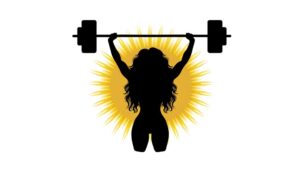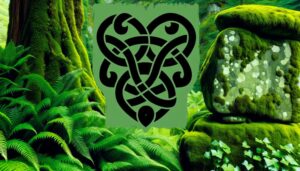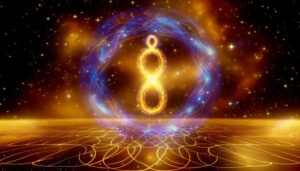What Is the Celtic Symbol for Female Strength?
Ancient Celtic culture with its profound reverence for goddesses and female warriors is rich with symbols of female strength. The Triquetra symbolizes the tripartite nature of womanhood, while the Triple Spiral (Triskele) represents life's cycles, invoking feminine power through life, death, and rebirth.
The Awen reflects divine illumination and inspiration, central to Druidic traditions. The Sheela-na-Gig, often depicted in medieval architecture, underscores influences of ancient views on female power and fertility.
These symbols collectively illustrate a culture that not only celebrated but also empowered women through robust spiritual, mythological, and artistic traditions. To uncover further intricacies, exploring their mythological connections and modern interpretations offers a deep well of knowledge.
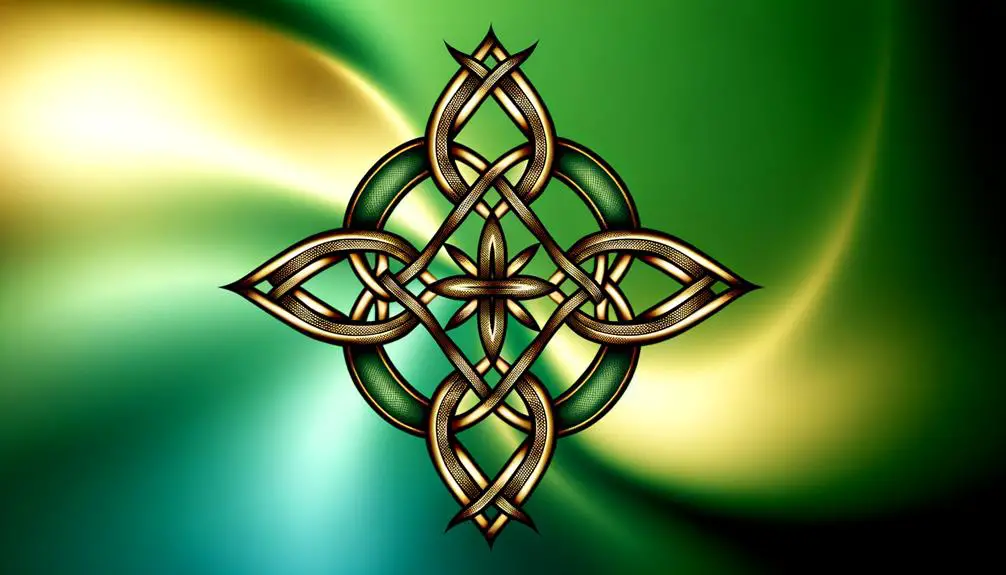
Key Takeaways
- The Triquetra symbolizes the unity and strength of womanhood in Celtic culture.
- The Spiral of Life represents growth, evolution, and the cyclical existence of female power.
- The Triple Spiral embodies the life, death, and rebirth cycles of feminine strength.
- The Ailm symbolizes resilience and the endurance of women in facing life's challenges.
- Brigid's Cross is associated with protection, healing, and the empowerment of women.
Historical Background
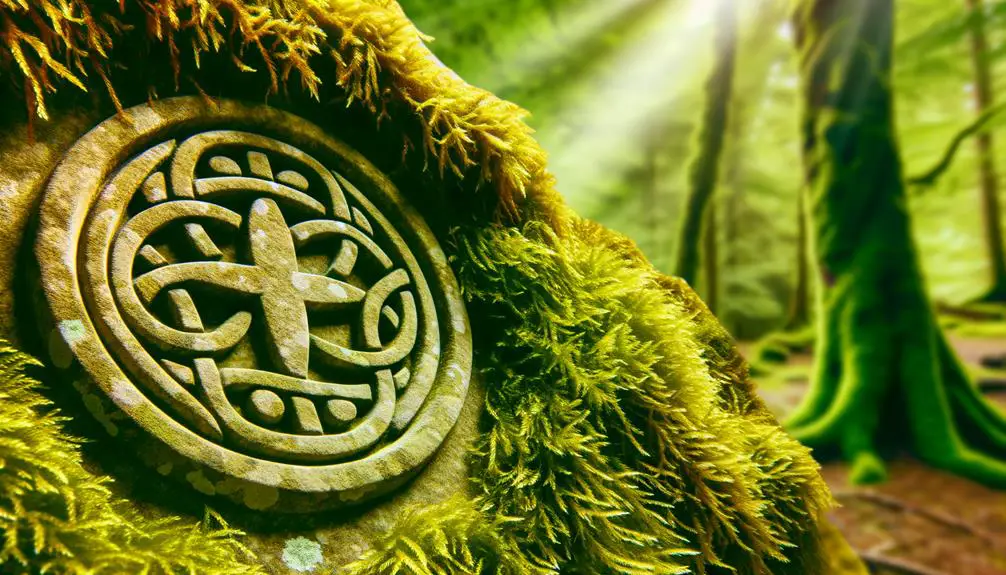
The historical background of Celtic symbols for female strength is deeply rooted in the rich tapestry of ancient Celtic culture, which flourished in Europe from the Iron Age through the early medieval period. This era was marked by intricate art, mythology, and societal structures that celebrated the power and resilience of women.
Celtic societies often revered goddesses and female warriors, integrating their stories into daily life and spiritual practices. These symbols were not merely ornamental; they conveyed profound meanings and were believed to offer protection and empowerment.
The Celts' matrilineal traditions and the significant roles women played in governance, warfare, and spiritual leadership underscore the cultural importance of these symbols. Their legacy endures, reflecting deep-seated reverence for female strength.
Key Symbols
In exploring the key symbols that epitomize female strength within Celtic iconography, the Triquetra stands out for its embodiment of unity and the tripartite nature of womanhood.
Equally significant is the Spiral of Life, representing growth, evolution, and the cyclical nature of existence.
Additionally, the Sheela-na-Gig offers profound insights into ancient perceptions of female power and fertility, underscoring the complexity and resilience attributed to women in Celtic culture.
Triquetra's Feminine Power
Rooted in ancient Celtic tradition, the Triquetra, also known as the Trinity Knot, symbolizes the intersection of three fundamental elements often associated with feminine power: life, death, and rebirth.
This intricate knot, composed of three interwoven arcs, embodies the cyclic nature of existence, mirroring the feminine ability to nurture, transform, and rejuvenate.
Historically, the Triquetra is closely linked to the triple goddess in Celtic mythology, representing the maiden, mother, and crone, each of whom epitomizes different stages of a woman's life and corresponding strengths.
Additionally, the symbol's unbroken lines signify eternal unity and the enduring resilience inherent in feminine strength.
Through its profound representation, the Triquetra underscores the holistic and perpetual nature of female empowerment in Celtic culture.
Spiral of Life
Often revered for its deep spiritual significance, the Spiral of Life stands as a quintessential symbol in Celtic culture, epitomizing the continuous flow of growth, evolution, and the eternal journey of the soul.
This ancient symbol, frequently depicted in carvings and artworks, resonates with themes of birth, death, and rebirth, underscoring the cyclical nature of existence. Its unbroken line spirals outwards, suggesting infinite expansion and the dynamic progression of life.
Historically, the Spiral of Life has been associated with feminine energy, representing the nurturing, transformative power inherent in all women.
This profound symbol not only embodies personal growth and self-discovery but also serves as a reminder of the interconnectedness of all living things within the cosmic order.
Sheela-na-Gig Symbolism
Sheela-na-Gig, an enigmatic symbol etched into the stonework of medieval churches and castles, serves as a compelling representation of feminine power and fertility in Celtic art. These carvings typically depict a naked female figure with exaggerated genitalia, often interpreted as a protective talisman against evil spirits or a symbol of fertility and renewal.
Scholars debate whether Sheela-na-Gigs originated from pagan traditions, later assimilated into Christian contexts, or if they served didactic purposes within medieval society. The duality of Sheela-na-Gig's imagery, portraying both sacred and profane elements, underscores the complex views of female strength and sexuality within Celtic culture.
This enduring symbol continues to captivate researchers and enthusiasts, reflecting the multifaceted nature of feminine strength.
The Triple Spiral
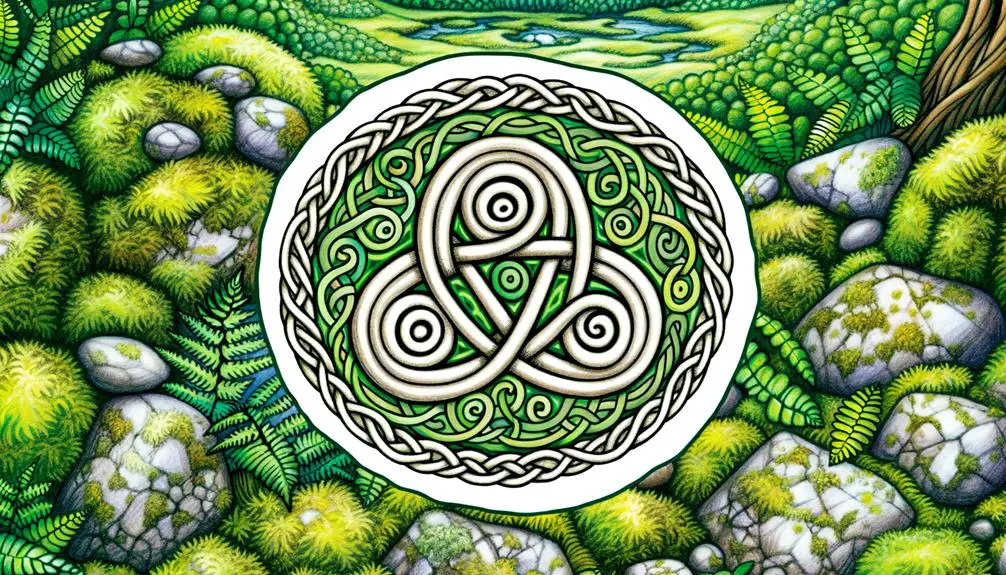
The Triple Spiral, or Triskele, is a quintessential motif in Celtic iconography, with origins traced back to prehistoric art in the Neolithic era. Its intricate design embodies a wealth of symbolic interpretations, ranging from the cycles of life, death, and rebirth to the representation of the threefold nature of womanhood as maiden, mother, and crone.
Contemporary adaptations of the Triple Spiral continue to honor its profound legacy, often seen as a powerful emblem of female strength and resilience in modern contexts.
Ancient Origins Explained
In examining the ancient origins of the Triple Spiral, one frequently encounters its deep-rooted significance within Celtic spirituality and its recurring presence in prehistoric stone carvings across Ireland. This symbol, also known as the Triskele or Triskelion, has been discovered in notable archaeological sites such as Newgrange, dating back to the Neolithic period.
Neolithic Carvings: Found prominently at Newgrange, emphasizing its ancient roots.
Celtic Art: Integral in various forms of ancient Celtic art and iconography.
Spiritual Symbolism: Represented as a significant emblem in Druidic beliefs.
Pre-Christian Origins: Preceding the arrival of Christianity in Celtic regions.
Cultural Continuity: Maintained its presence through successive Celtic traditions.
These elements collectively underscore the profound historical and cultural legacy of the Triple Spiral.
Symbolic Meanings Unveiled
Among the various interpretations of the Triple Spiral, its symbolism is often intricately linked to the themes of life, death, and rebirth, reflecting the cyclical nature of existence deeply embedded in Celtic cosmology.
This ancient motif, known as the Triskelion, embodies the interconnectedness of the natural world, spiritual domains, and human experience. Each spiral segment represents a phase of the eternal cycle, highlighting notions of transformation and continuity.
The Triple Spiral is also believed to symbolize the threefold nature of the goddess, encompassing aspects of maiden, mother, and crone, thus illustrating the holistic view of womanhood in Celtic thought.
This emblem, in turn, underscores resilience, adaptability, and the profound strength inherent in the female experience.
Modern Interpretations Today
Building upon the rich symbolic heritage of the Triple Spiral, contemporary interpretations imbue this ancient motif with new layers of meaning, reflecting modern values and the evolving understanding of female strength. Today's reinterpretations often emphasize the interconnectedness of mind, body, and spirit, and the resilience inherent in feminine identity.
This Celtic emblem is seen as a testament to the enduring power and unity of women across generations, transcending time.
- Empowerment: Signifies the reclaiming of female power in contemporary society.
- Resilience: Embodies the capacity to overcome adversity and thrive.
- Unity: Represents solidarity and collective strength among women.
- Growth: Symbolizes personal and communal development and transformation.
- Balance: Highlights the harmony between different facets of life and self.
These modern interpretations underscore the timeless relevance of the Triple Spiral.
The Awen
The Awen, a revered Celtic symbol often represented by three rays or lines, embodies the essence of poetic inspiration and divine illumination, deeply rooted in Druidic traditions.
The term 'Awen' translates to 'inspiration' or 'essence' in Welsh, signifying its profound spiritual and creative significance.
In Druidic lore, the three rays are interpreted as the harmony of opposites, encompassing the balance of male and female energies and the interplay of light and dark.
This triadic symbol is not only a beacon of artistic inspiration but also a representation of spiritual enlightenment and wisdom.
The Awen's connection to the divine feminine is implicit in its role as a conduit for the nurturing and transformative power of creation and insight.
The Sheela-na-Gig
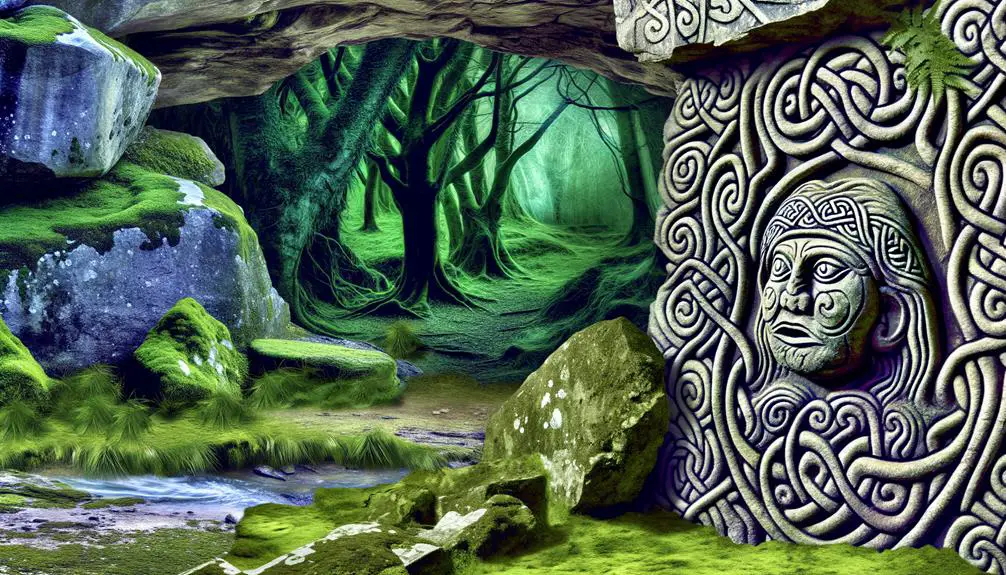
In contrast to the harmonious and ethereal representation of the Awen, the Sheela-na-Gig presents a more enigmatic and provocative symbol of female strength within Celtic culture. These stone carvings, often depicting a female figure displaying exaggerated genitalia, are found on medieval churches and castles across Ireland and Britain. Their stark and bold imagery challenges traditional notions of femininity and power, inviting varied interpretations from scholars.
- Historical Placement: Most Sheela-na-Gigs date from the 12th to 17th centuries.
- Architectural Context: Frequently situated on religious and defensive structures.
- Interpretative Controversy: Scholars debate their role, ranging from fertility symbols to warding off evil.
- Cultural Resonance: Reflects complex views on women's roles and sexuality.
- Artistic Style: Characterized by stark, unembellished realism.
Symbolic Meanings
The symbolic meanings of Celtic representations of female strength encompass a wide array of historical, cultural, and modern dimensions.
Historically, these symbols were imbued with profound significance, often linked to fertility, protection, and the resilience of women within ancient societies.
Culturally, they have influenced and reflected societal values, while modern interpretations continue to evolve, resonating with contemporary notions of empowerment and identity.
Historical Significance
Throughout history, Celtic symbols have been imbued with profound meanings that reflect the cultural values and societal roles attributed to women. These symbols often encapsulated the essence of female strength, resilience, and wisdom, integral to Celtic society.
The historical significance of these symbols is multifaceted:
- Triskelion: Symbolizes the triple goddess in her three forms—maiden, mother, and crone—representing the cycles of life and feminine strength.
- Ailm: Represents resilience and endurance, often linked to the strength of women in facing life's adversities.
- Celtic Knot: Denotes eternity and interconnectedness, highlighting the enduring strength and unity among women.
- Spiral: Signifies growth, fertility, and the life force, underscoring the role of women as life-givers.
- Brigid's Cross: Associated with the goddess Brigid, embodies protection, healing, and feminine power.
Cultural Impact
Amidst the historical significance of Celtic symbols, their enduring cultural impact manifests through the deeply rooted symbolic meanings that continue to resonate with contemporary understandings of female strength.
Significantly, symbols such as the Triskelion and the Celtic Knot embody notions of resilience, cyclical growth, and interconnectedness. The Triskelion, with its three spirals, represents life, death, and rebirth, reflecting the indomitable spirit and perpetual renewal often attributed to feminine strength.
Similarly, the Celtic Knot, with its intricate, unbroken lines, signifies eternal connection and unity. These symbols invoke a profound sense of empowerment, bridging ancient traditions with modern interpretations of female fortitude.
Their cultural resonance underscores the timeless relevance of these emblematic motifs in celebrating and honoring women's enduring power.
Modern Interpretations
Modern interpretations of Celtic symbols have evolved to imbue the Triskelion and the Celtic Knot with contemporary meanings that emphasize women's resilience, interconnectedness, and transformative power. These ancient symbols, recontextualized in the modern era, serve as metaphors for various aspects of female strength, encapsulating a rich tapestry of symbolic meanings that are both timeless and relevant.
- Resilience: Representing the enduring spirit and the capacity to recover from adversity.
- Interconnectedness: Highlighting the importance of relationships and communal bonds.
- Transformation: Signifying personal growth and the ability to adapt and evolve.
- Empowerment: Embodying the sense of self-worth and the ability to influence one's destiny.
- Balance: Reflecting the harmony between different facets of life, such as work and personal commitments.
These interpretations resonate with contemporary understandings of female empowerment.
Mythological Connections
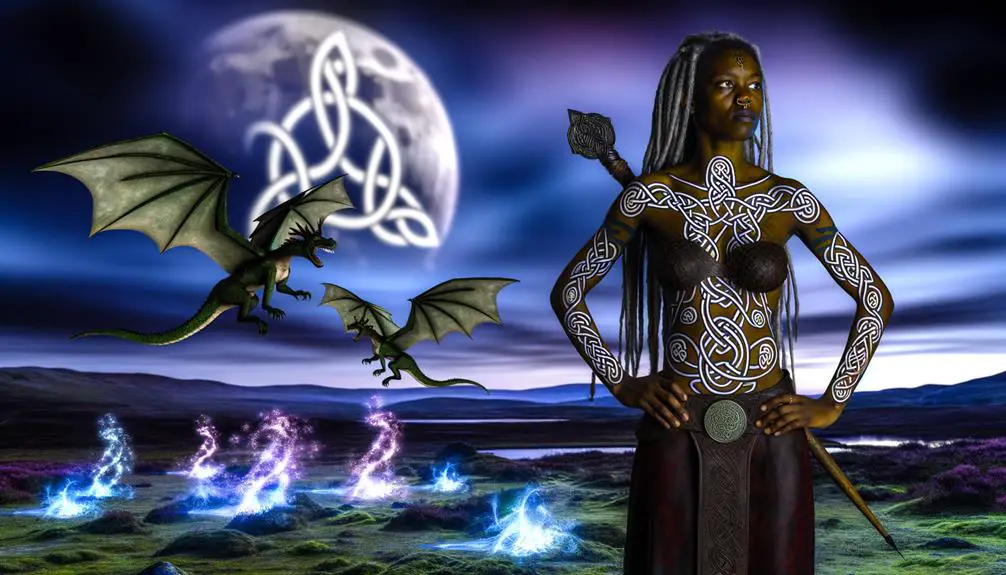
In exploring the mythological connections of Celtic symbols for female strength, one finds that these symbols are often deeply intertwined with the deities and legendary figures of ancient Celtic mythology. Such as the formidable warrior queen Medb and the revered goddess Brigid. Medb, known for her leadership and martial prowess, embodies qualities of bravery and sovereignty, attributes frequently symbolized by intricate knotwork and warrior motifs.
Similarly, Brigid, associated with healing, poetry, and smithcraft, represents nurturing strength and creative power, often depicted through the triskelion or Brigid's cross. These mythological connections underline the profound cultural significance of female strength in Celtic traditions, highlighting the interplay between symbolic representation and narrative heritage in Celtic societies.
Artistic Representations
Artistic representations of Celtic symbols for female strength are profoundly manifested through intricate carvings, illuminated manuscripts, and ancient jewelry. Each medium offers unique insights into the cultural and aesthetic values of Celtic societies. These representations are not merely decorative; they are imbued with profound symbolic meaning, reflecting the societal reverence for feminine power and resilience.
- Intricate carvings: Found on stone monuments and religious artifacts, these carvings often depict goddesses and warrior queens.
- Illuminated manuscripts: These texts are adorned with symbolic images, intertwining Celtic knotwork and powerful female figures.
- Ancient jewelry: Brooches and amulets feature motifs symbolizing protection and strength.
- Textile patterns: Embroidered designs on garments highlight female deities and heroic women.
- Metalwork: Weapons and tools engraved with symbols of female strength.
These artistic forms collectively underscore the veneration of female strength in Celtic traditions.
Modern Interpretations
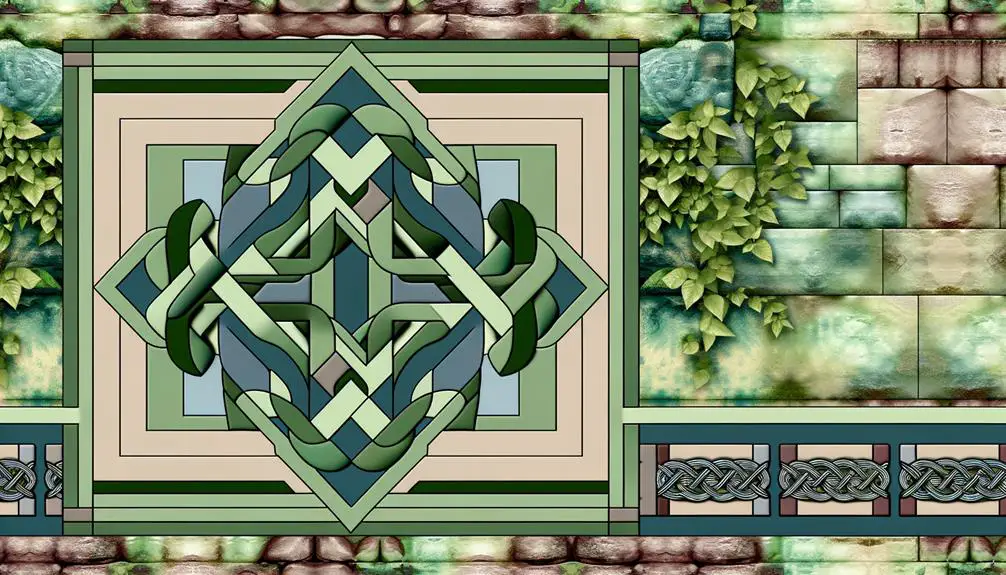
Building upon the rich historical tapestry of artistic representations, contemporary interpretations of Celtic symbols for female strength continue to evolve, reflecting modern values and aesthetics while honoring their ancient origins. Today's designs often meld traditional Celtic knots and spirals with contemporary artistry to create symbols that resonate with modern sensibilities. For instance, the Triskelion, a motif featuring three interlocking spirals, is frequently adapted in jewelry and tattoos to symbolize the triad of a woman's journey: maiden, mother, and crone.
| Symbol | Modern Interpretation |
|---|---|
| Triskelion | Represents the life's stages: maiden, mother, crone |
| Celtic Knot | Symbolizes eternal strength and interconnectedness |
| Sheela-na-gig | Emphasizes female empowerment and resilience |
Such modern adaptations demonstrate the enduring relevance of Celtic symbols in celebrating female strength.
Cultural Impact
The cultural impact of Celtic symbols for female strength is profoundly evident in their pervasive presence across diverse forms of media, educational curricula, and feminist movements, underscoring their universal appeal and timeless significance. These symbols often serve as a touchstone for exploring themes of empowerment and resilience, bridging ancient traditions with contemporary values.
- Media Representation: From films to literature, these symbols are prominently featured, enhancing narratives of female empowerment.
- Educational Curricula: Schools and universities incorporate these symbols in courses on history, gender studies, and art.
- Feminist Iconography: Activists and organizations utilize these symbols to advocate for women's rights and equality.
- Tattoo Culture: Many individuals choose these symbols to express personal strength and heritage.
- Fashion Industry: Designers integrate Celtic motifs in clothing and jewelry, celebrating feminine strength.
Conclusion
In the tapestry of Celtic culture, symbols of female strength weave a narrative rich with history, mythology, and enduring influence. The Triple Spiral, Awen, and Sheela-na-Gig stand as timeless sentinels, guarding the essence of feminine resilience and power.
These symbols, etched in stone and memory, continue to inspire modern interpretations and artistic representations. Their cultural impact echoes through the ages, much like a river carving its path through a rugged landscape, shaping the collective consciousness.



